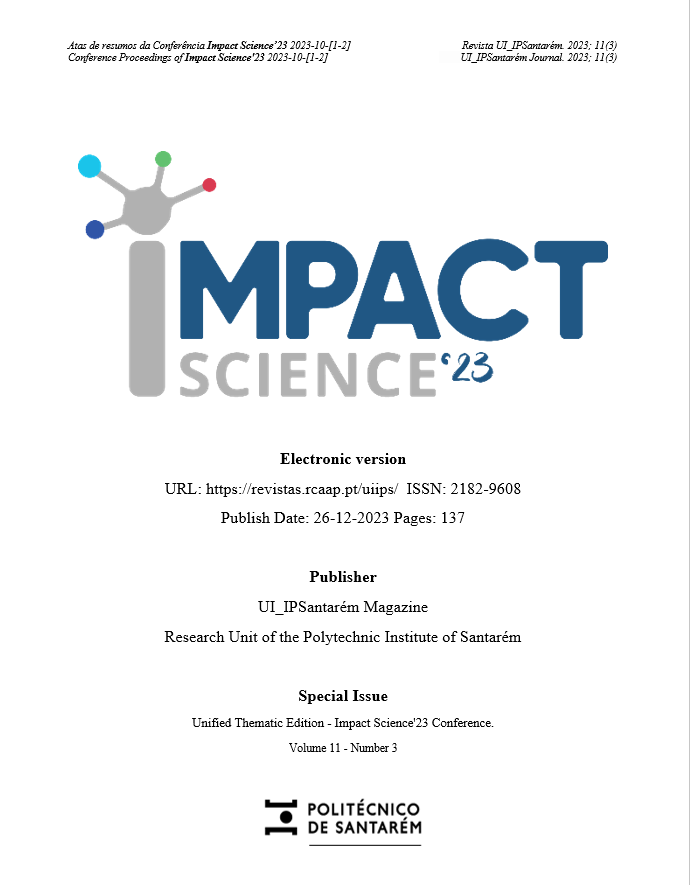Literature review related to the performance of the Arm Curl Test with sensors
DOI:
https://doi.org/10.25746/ruiips.v11.i3.32481Keywords:
sensors, literature review, artificial intelligence, health, Arm_Curl TestAbstract
The Arm Curl Test is a test to determine the strength and resistance of the upper limbs of the human body, being commonly used to measure the physical capabilities of older adults. Automated measurement of Arm Curl Test variables with sensors is important in various applications such as health monitoring, fitness tracking, and movement analysis. This study aimed to conduct a literature review of the types of sensors and technological methods used to automatically measure the results of the Arm Curl Test and its benefits.
The methodology consisted of several phases, including searching scientific databases, selecting studies, extracting data, and qualitative and quantitative analysis. An automated tool developed with Natural Language Processing was used for the initial selection and filtering with the following keywords: “arm curl test with wearables", "arm curl test with mobile devices", e "arm curl test". The framework automatically searched the following databases: PubMed Central, IEEE Explore, Elsevier, Springer, MDPI, ACM, and PMC. Precise inclusion and exclusion criteria and well-defined search terms relating to Arm Curl Test analysis methods published between 2010 and 2022 were used. Selected studies were screened to identify the various automated Arm Curl Test measurement methods.
The research resulted in the analysis of 30 scientific articles, and the results showed that the most prevalent sensors were stopwatches, accelerometers, stadiometers, and dynamometers. The Arm Curl Test can be accurately measured using a variety of sensors, providing valuable information about superior physical function.
The review highlighted current sensors and research trends that yield the best predictive and analytical performance for continuous Arm Curl Test measurements. The presented data can be used to create automated systems to measure test results. Creating a system for this purpose is urgently needed since the strength of older adults must be quantified to improve their quality of life.
The sensors and methods used to measure Arm Curl Test results have been comprehensively revised. The study showed how automated sensor technologies can objectively measure testing. Detected sensors combined with statistical analysis techniques can improve assessments. Applications for the Arm Curl Test can be further enhanced with more research on advanced sensors and algorithms.
Downloads
Published
How to Cite
Issue
Section
License
Copyright (c) 2023 Tomás Fróis, Ivan Miguel Pires, Paulo Jorge Coelho, Filipe Madeira

This work is licensed under a Creative Commons Attribution-NonCommercial-NoDerivatives 4.0 International License.
Authors publishing in this journal agree to the following terms:
Authors retain copyright and grant the journal the right of first publication, with the article simultaneously licensed under the Creative Commons Attribution License that allows sharing of the work with acknowledgement of authorship and initial publication in this journal.
Authors are permitted to enter into additional contracts separately for non-exclusive distribution of the version of the article published in this journal (e.g., publish in an institutional repository or as a book chapter), with acknowledgment of authorship and initial publication in this journal.
Authors have permission and are encouraged to publish and distribute their work online (e.g., in institutional repositories or on their personal webpage) at any point before or during the editorial process, as this may generate productive changes, as well as increase the impact and citation of the published work.





